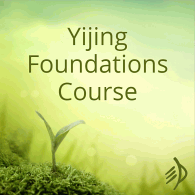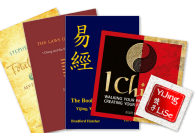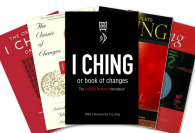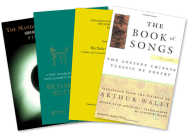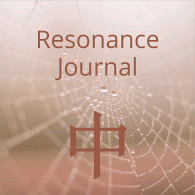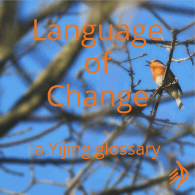Book of stories: what follows
A few posts ago, I tried to list all Yi’s ways of telling stories:
- those little one-line vignettes
- allusions to the culture’s big stories – both history and myth
- the individual steps of the Sequence of Hexagrams (‘Here’s how you reach this place.’)
- the huge narrative arcs of the Sequence – ‘you are here’ on the grand scale
- multiple moving line readings that unfold one line at a time
- the ‘nuclear story’ within each hexagram
- the stories told through the connections between readings
So I’ve written about the vignettes and the mythical allusions, and now we come to individual steps through the Sequence.
